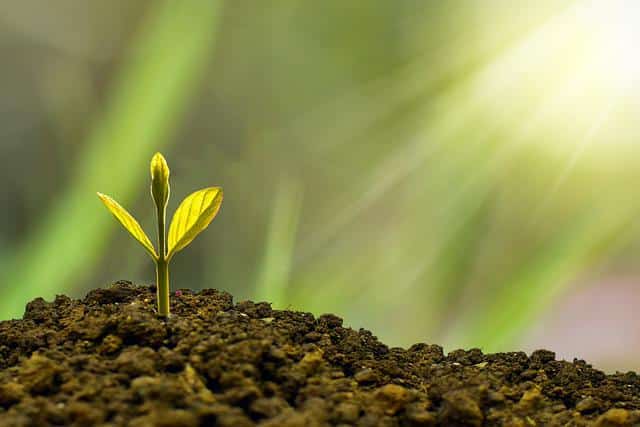
Aerobic beings need oxygen to live.
Aerobes are organisms that require oxygen to live. The term can also be used as an adjective regarding that which needs oxygen or that has this gas .
The opposite of aerobic is anaerobic . In this case, anaerobic organisms (which can also be mentioned as anaerobic) do not use oxygen in their metabolic activities.
Emergence of aerobic organisms
The evolutionary process that led to the development of aerobiosis began in oxygenic photosynthesis . In this photosynthesis, water provides electrons and produces the release of oxygen as a byproduct of the process. This photosynthesis began sending a large amount of oxygen into the atmosphere. Aerobic organisms, taking advantage of the energy released from the oxidation of different substances, managed to establish themselves as dominant on the planet.
The process that, through cellular respiration, allows oxygen to be used to achieve the oxidation of fat, sugar and other substances, so that energy is generated, is called aerobiosis . Plants and animals, thus, are aerobic organisms. Through respiration, living things absorb oxygen from the atmosphere and release carbon dioxide. If we focus on the case of humans , breathing involves the inhalation and exhalation of air, a process that allows cellular respiration, hematosis and the supply of oxygen to the different cells of the body.
The process known as hematosis , for its part, takes place in aerobic organisms with the objective of exchanging gases between the blood of animals and the external environment , to eliminate carbon dioxide and fix oxygen, throughout of breathing. This occurs without energy consumption and in favor of the partial pressure gradient, that is, it is generated by simple diffusion ; For this reason, a key point in hematosis is the partial pressure of external oxygen, and its variation has an impact on the characteristics of the body's response.

Plants are aerobic organisms.
Hematosis systems
Aerobic organisms have developed several hematosis systems, which are as follows:
* cutaneous : this can be seen in echinoderms , annelids and amphibians. It is important to distinguish between the skin , through which gas exchange occurs, and the body integument , which configures the respiratory structure. The skin must have a very thin thickness and a high level of humidity;
* tracheal : the trachea is an organ present in onychophorans and terrestrial arthropods. A set of hollow tubes connected to each other progressively, starting with those with the smallest diameter, is known as the tracheal system ;
* gill : the organ known as the gill or gill is found in many aquatic animals, and serves to extract oxygen and transfer carbon dioxide to the environment;
* pulmonary : this system is what allows us to carry out aerobic metabolism, and gives rise to pulmonary ventilation , a group of processes that promote the flow of air between the pulmonary alveoli and the atmosphere, through inspiration and expiration.
Aerobic metabolism, an essential process
For our species , respiration (which is also known as aerobic metabolism ) is an essential process for our life, and we do it involuntarily, constantly, from the time we are born until we die.
The fact that we do not have to make an active decision to carry it out may explain why we pay so little attention to the purity of the air; Through most of our habits we contribute directly or indirectly to environmental pollution , and this has a negative impact on our health .
Finally, it should be noted that aerobiology is the specialization of biology that focuses on the analysis of organic particles that move passively by the action of air.
